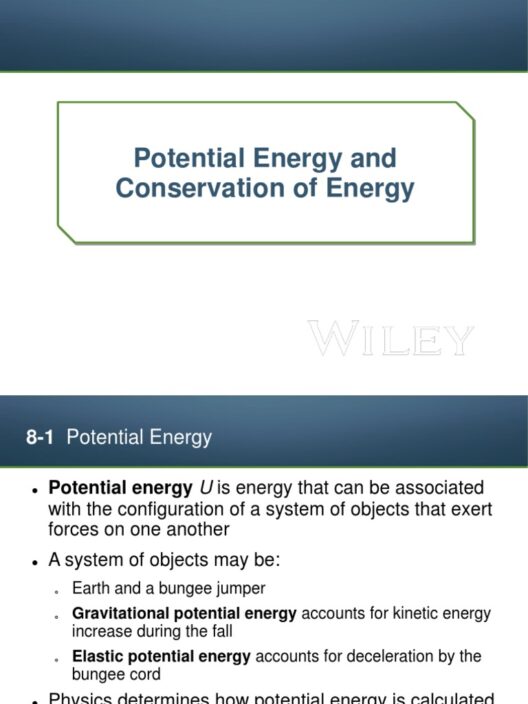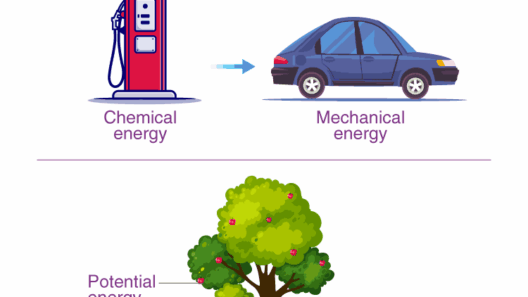When considering energy efficiency in the home, one may overlook the importance of window treatments. Yet, cellulose blinds have garnered attention as an effective means to conserve energy while enhancing aesthetic appeal. It is essential to examine how these seemingly simple additions can profoundly impact not just energy consumption, but also comfort levels within various living spaces.
Cellulose blinds, often crafted from recycled paper products, symbolize a sustainable choice in home decor. Their composition plays a vital role in how they function as thermal barriers. The structure of these blinds, which often features honeycomb-shaped cells, traps air within, creating an insulating effect. This insulation can significantly reduce heat transfer. Thus, during sweltering summers, they prevent excessive heat from entering the home, and conversely, in the colder months, they help retain warmth. This dual action can lead to a noticeable reduction in heating and cooling costs.
Moreover, these blinds serve more than a utilitarian purpose. Their visual appeal is undeniable, offering versatility in design that matches various decor styles. Whether classical, modern, or eclectic, cellulose blinds provide an enriching addition to any space. The aesthetic versatility can fascinate homeowners, prompting them to consider not only the energy-saving potential but also the transformative effect on the overall ambiance of their interiors.
The environmental impact of cellulose blinds must also be highlighted. Purchasing these blinds supports a reduced carbon footprint. Being produced from renewable and recycled materials minimizes pollution associated with manufacturing. Furthermore, their disposal typically results in less environmental degradation compared to synthetic materials, aligning with eco-conscious values. The choice of cellulose blinds resonates with a deeper commitment to sustainable living that many individuals and families strive to uphold.
One common observation in homes equipped with cellulose blinds is the noticeable difference in indoor comfort levels. Homeowners often report that rooms feel more temperate and inviting, regardless of the season. This phenomenon is attributed to the blinds’ capability to maintain consistent indoor temperatures. It opens a dialogue about conserving energy and the role of environmental design in promoting well-being. In essence, the impact of these blinds extends far beyond mere aesthetics or cost savings—it embodies the fusion of functionality with an eco-friendly mindset.
Furthermore, the versatility of cellulose blinds extends to their functionality. Many models come with varying opacity levels, allowing homeowners to customize light entry according to personal preference. This customization can lead to further energy conservation. For instance, by utilizing blinds that block radiant heat during summer while still allowing diffused light to enter, one can achieve optimal brightness without incurring excessive air conditioning costs. Similarly, in winter, sheer options can invite sunlight while retaining warmth, creating a more energy-efficient environment.
In addition, the maintenance of cellulose blinds can be remarkably straightforward. Generally, they require simple dusting or occasional vacuuming, thus encouraging routine care without the need for harsh chemicals often involved with synthetic materials. This ease not only lends itself to convenience but also aligns with the principles of sustainability, supporting a lifestyle that minimizes harmful waste and supports longevity in home goods.
A critical aspect to consider is the economic impact of cellulose blinds. Initial investment in energy-efficient window treatments can yield significant long-term financial savings. Though the purchase price may be higher than traditional options, the return on investment becomes evident through decreased utility bills. A moderate reduction in energy consumption not only benefits the user financially but has a broader, positive impact on community energy resources. This interconnectedness demonstrates the ripple effect that individual choices can create within larger environmental contexts.
Different applications of cellulose blinds further their energy-efficient capabilities. In spaces with multiple windows, strategic placements can optimize sunlight exposure and reduce the reliance on artificial lighting. In contrast, closed blinds during peak heat hours can mitigate the need for cooling systems, saving energy and conserving costs. These observations reflect a sophisticated interplay of design and energy management, revealing deeper layers of appreciation for cellulose blinds as an energy conservation strategy.
Moreover, the insulation benefits of these blinds extend beyond mere thermal comfort; they contribute to acoustic insulation. Homes situated in noisy environments can greatly benefit from the additional soundproofing properties that cellulose materials provide. A serene indoor atmosphere can enhance quality of life while promoting sustainability. The notion that a simple decorative element can play multiple roles in energy conservation and personal comfort is indeed captivating.
Ultimately, the fascination with cellulose blinds extends beyond their superficial charm and practicality. Their multifaceted attributes provoke broader considerations regarding our choices as consumers and their implications for the environment. The importance of energy conservation cannot be overstated; thus, the integration of cellulose blinds into residential spaces serves as a poignant reminder of how mindful decisions can lead to meaningful change. This awareness can stimulate conversations about sustainability, encouraging more individuals to rethink their approaches toward home efficiency.
In conclusion, the inquiry into “Do Cellulose Blinds Help Conserve Energy at Home?” reveals affirmative insights. Through insulation, aesthetic versatility, material sustainability, and economic savings, cellulose blinds emerge as a potent ally in the pursuit of energy efficiency. Their compelling blend of functionality and environmental consciousness fosters a deeper appreciation for conscious living, promoting an engaging dialogue on the role that our choices play in shaping a sustainable future for all.








